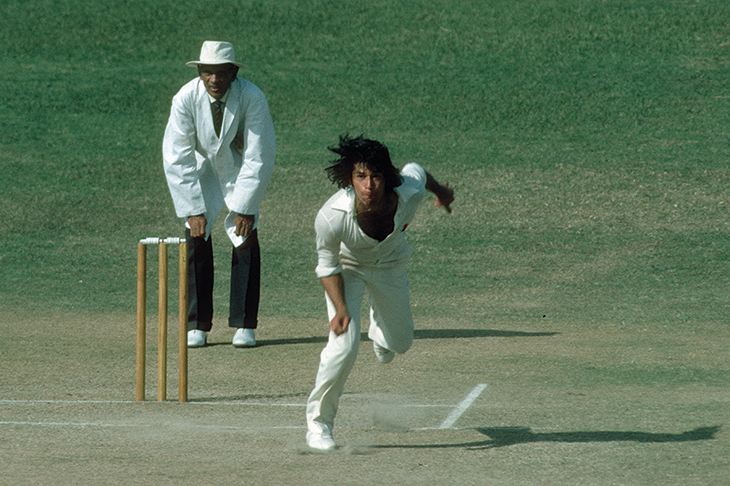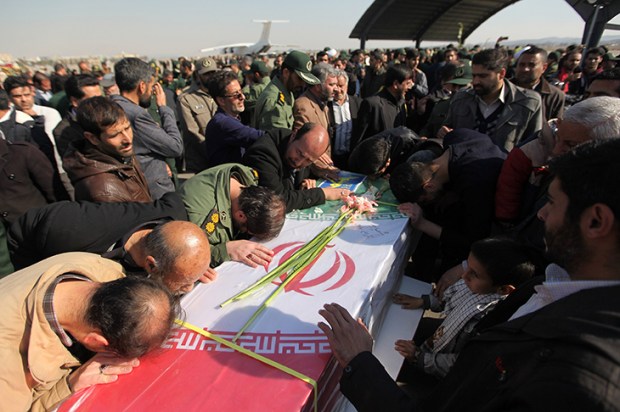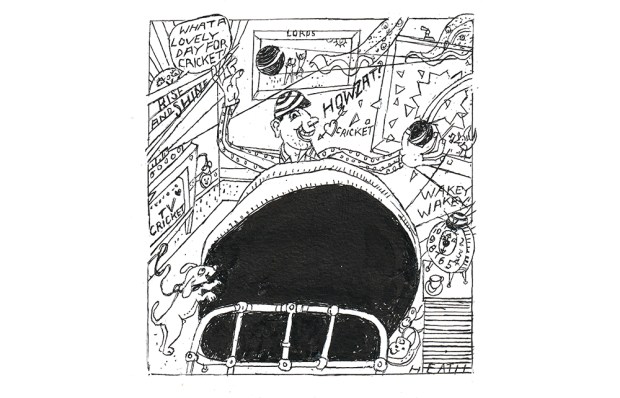There are plenty of much-anticipated contests in the 2019 Cricket World Cup. But nothing to compare with this Sunday’s match at Old Trafford, where India are billed to play Pakistan in the latest epic in a rivalry that dates back to Partition in 1947.
It’s a rivalry that is regularly punctuated by war. No cricket was played between the two countries from 1961 until 1978. The 1965 conflict, caused by Pakistani aggression, severed relations. By the time a ceasefire was declared, Indian tanks were on the outskirts of Lahore, where a 12-year-old Imran Khan was distraught not to be allowed to join a local militia.
The two countries fought again in 1971 when India backed insurgents in the liberation war which led to the secession of East Pakistan and the creation of Bangladesh. Cricketing relations remained in cold storage until 1978, by which time Imran was leading his country’s pace attack, helping Pakistan to demolish a weak Indian opposition.
This was the start of a happy period of ‘cricket diplomacy’, as Pakistan’s military leader General Zia-ul-Haq used cricket to improve relations with Rajiv Gandhi, prime minister of Pakistan’s much larger southern neighbour. This new friendship did not last. Renewed hostilities meant only a handful of Tests were played between 1987 and 2004, when Pakistan hosted a touring Indian team for a successful series in which special arrangements were made to allow Indian supporters to cross the border. At the end of the Test series the Indian High Commissioner told the Pakistani diplomat Shahryar Khan: ‘20,000 Indian cricket fans visited Pakistan. You have sent back 20,000 Pakistan ambassadors to India.’
Sadly the goodwill was dissipated by the terror attack on Mumbai in 2008 which left at least 174 people dead, and where evidence pointed strongly to the involvement of elements connected to the Pakistan state. The two countries haven’t played a Test match since. Both sides have been at fault, though at present President Modi’s India is the worse offender, having repeatedly rebuffed overtures from Pakistan. In the run-up to this World Cup, India has exploited its cricket team for political ends. The Indian cricket team wore camouflage army-style caps in a match against Australia in March, in solidarity with Indian paramilitary police killed in the attack by a Pakistan-based group in Kashmir. The Pakistan cricket board wrote to the International Cricket Council (ICC) asking them to take action against this aggressive expression of patriotism, but they said that they gave India permission to wear the caps before the game.
At this World Cup, however, India’s wicketkeeper MS Dhoni has caused a fresh problem. An honorary lieutenant colonel of the Indian territorial army, Dhoni has been sporting the insignia of the Indian special forces. He was strongly supported by the India cricket board, but this time the ICC has forced him to back down. Dhoni appeared without the controversial logo on his wicketkeeping gloves in Sunday’s game against Australia. Ticket prices for this Sunday have soared well into four figures. For both teams defeat will be viewed as a national disaster. Nevertheless I predict that relations between Pakistani and Indian supporters will be good-humoured. Whatever the ructions elsewhere supporters have always got on well.
In the 1954-55 season, only seven years after the unspeakable bloodshed of Partition, thousands of Indian supporters were allowed to cross the border from Amritsar to Lahore. Pakistanis invited Indians into their homes. The Tribune, a Hindu paper, ‘was surprised to see the Mall Road and Anarkali Bazaar crowded with Indians and Pakistanis greeting each other with embraces, some with tears in their eye, reviving all memories of their days together’.
Yet the cricket itself in that series was petrifyingly dull. It was the first time that any five Test match series resulted in a 0-0 draw. Another 0-0 result was recorded when Pakistan returned to India in 1960. Indeed, the two countries played 13 consecutive draws over two decades. The scoring rates rarely exceeded two runs per over, often plunging much lower. In the first Test of the 1954-55 series, played in Dacca, Pakistan threw away a fine chance to win the game by scoring only 97 runs in 73 overs for the loss of one wicket. This set the tone for the series. Neither side dared risk defeat. Too much was at stake. After the fourth drawn Test in Peshawar, the Ambala Tribune published a match report with the headline ‘Match saved but cricket killed’.
Cricket matches between Pakistan and India are burdened with the weight of history under which pressure they frequently buckle. Often the matches are accompanied by threats and sabre rattling by political leaders. They must always be understood in the context of past and future wars.
As the famous England all-rounder Wally Hammond noted 60 years ago: ‘If every cricket match between India and Pakistan can be played without a ring of machine guns to keep the onlookers from rioting, then I feel the prestige attaching to the game is great.’ No cricketing contest, not even the Ashes rivalry between England and Australia, carries half as much gravity. Neither India nor Pakistan has yet been able to cope with the past in such a way that it ceases to present an obstacle to the future. The two countries nearly went to war only four months ago when an Indian jet was shot down over Pakistan territory after the atrocity in Kashmir.
Life on the subcontinent will halt this Sunday. An audience of more than a billion people is guaranteed. Even the Taleban in the remotest parts of the north-west frontier will lay down arms and pay attention. All the religions of the sub-continent — Sikh, Buddhist, Muslim, Hindu, Parsi, Christian and others — will be transfixed by the excitement of a glorious, historic and all too rare sporting event. When India and Pakistan eventually, as they surely will, resolve their differences and find a way of living in harmony, cricket will have helped to bring about the solution. The two countries have so many things in common and cricket is one of the most important. I can’t wait.
Got something to add? Join the discussion and comment below.
Get 10 issues for just $10
Subscribe to The Spectator Australia today for the next 10 magazine issues, plus full online access, for just $10.
You might disagree with half of it, but you’ll enjoy reading all of it. Try your first month for free, then just $2 a week for the remainder of your first year.














Comments
Don't miss out
Join the conversation with other Spectator Australia readers. Subscribe to leave a comment.
SUBSCRIBEAlready a subscriber? Log in